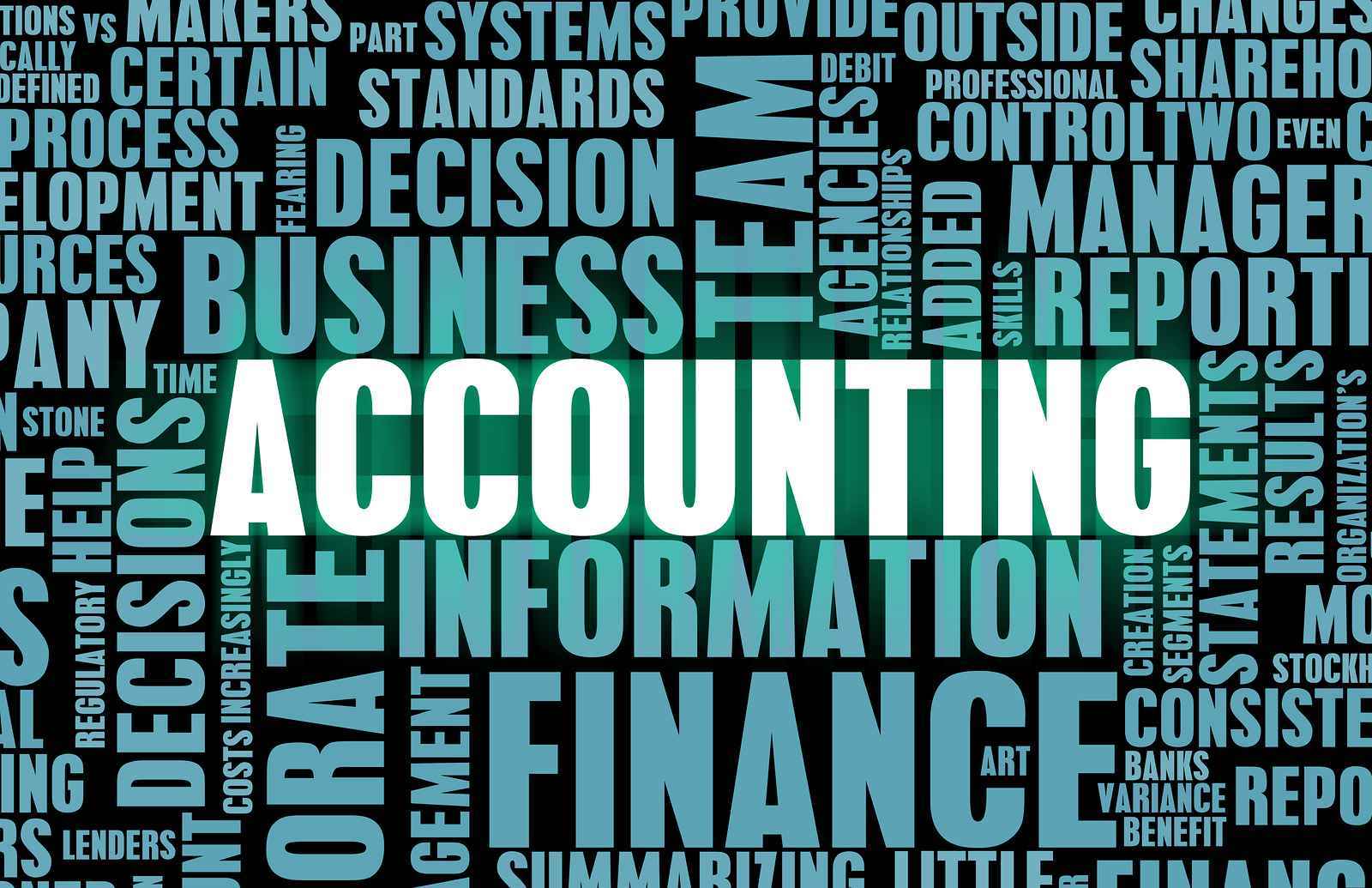Accounting 101 – The Accounting Process: Identify, Record, And Communicate

The Accounting Process
To begin an accounting process, a company must be able to identify the significant economic activities that happens within the business. This includes relevant transactions such as sales, purchases, expenses, etc.
After the company has identified the activities, they will then record it in a chronological order to serve as a reference and transaction history. It is important that they keep a complete record of these transactions including the dates, classification, and other relevant details. These are made possible in the form of receipts, vouchers, journals, ledgers, worksheets, and so on.
Now that the company has successfully identified and recorded the said data, they will communicate the information thru accounting reports or financial statements to the interested parties or what we call users. The presentation of financial statements must comply with the given standards for it to best serve its purpose. We will discuss these requirements in the future.
Who are the users of the said accounting data?
The financial statements are relevant in decision making, thus the interest of its users depends on the type of decision that they have to make. We can narrow down this users in two different subgroups.Internal Users
These are the users that has a direct interest with the said data. This group consists of managers who run the business, financial managers, supervisors, and others who needs the data in order to answer relevant questions in terms of the company’s financial stability, marketing potential, human resources, and management.
External Users
These are the parties outside the business who needs the company’s financial information for credit and investment purposes. The investors’ decisions to buy, hold or sell their shares lies entirely on the financial statements, while the creditors use this information to evaluate the risks of lending their money to the company and its capability to pay. External users also includes government agencies and customers/consumers.


Activity:
Identify the type of user.
- Employees –
- Banks –
- Shareholders –
- Financial Managers –
- Internal revenue Service –
- Securities and Exchange Commission --
Reference:
- Accounting Principles 12th Edition (p.4-6), J.J. Weygandt, P.D. Kimmel, d.E. Kieso

Learning is FUN!
@SteemitEducation


I am very much afraid of possible bankruptcy or excessive losses if a subsidiary goes bankrupt. In this case, holding companies are not considered liable, and creditors cannot pursue the holding company in an attempt to obtain assets or a portion of them. In addition, there are cases where holding companies are allowed to sell goods and provide services if the holding company owner so desires. As long as 60% of https://www.pilotoasia.com/guide/holding-company-singapore is an investment (the exact amount that allows a corporation to be considered a personal holding company), it is possible to hold company status and simultaneously sell goods or services.